5 Cool Features Of Siemens MindSphere You Need To Know
'I think what makes us stand out is the domain expertise that Siemens has across 20-plus Industries, and that domain expertise cannot be underestimated,' a Siemens MindSphere exec tells CRN of the IoT platform's strengths over competing products.
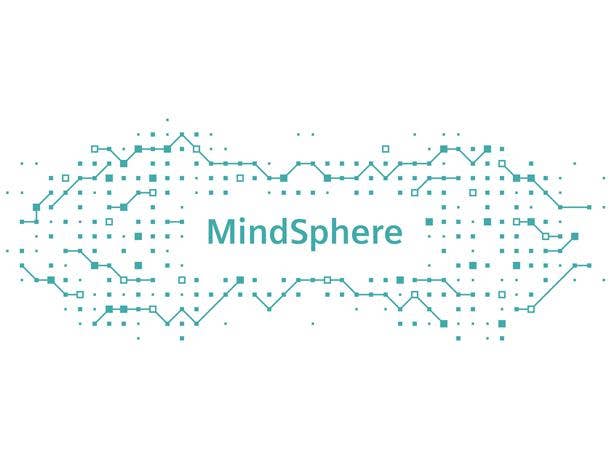
Siemens' Deep Domain Expertise Makes MindSphere Stand Out
Since it was first launched in 2016, Siemen's MindSphere has taken a novel approach in the Internet of Things platform space. By providing a "cloud-based, open IoT operating system," Siemens has positioned MindSphere as a critical foundation upon which IoT solutions are built.
Now onto its third iteration, MindSphere has won over major enterprise clients, including most recently Volkswagen, which selected the platform to play a key role in its industrial cloud initiative.
[Related: Siemens USA CEO Barbara Humpton: Integration Is Key To MindSphere's Success]
Christoph Inauen, vice president of strategy at Siemens MindSphere, said what ultimately separates MindSphere from other IoT platforms is Siemens' long history of industrial domain expertise that has played a major role in the platform's development.
"I think what makes us stand out is the domain expertise that Siemens has across 20-plus Industries, and that domain expertise cannot be underestimated," he told CRN.
So what does MindSphere have to offer that makes it a compelling solution for enterprises like Volkswagen? What follows is an overview of five cool features of Siemens MindSphere that companies need to know, including its development, integration and connectivity capabilities.
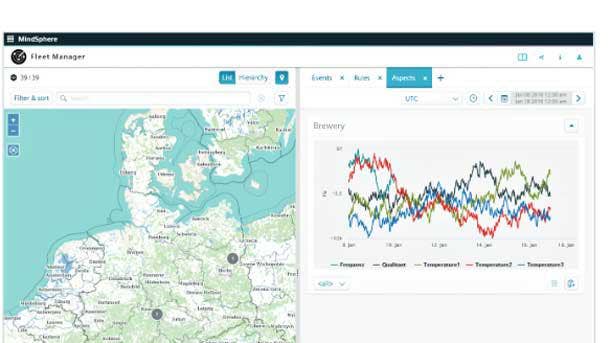
Get Started With Prepackaged Apps
For companies looking to just get started with the industrial Internet of Things, Siemens has a low-barrier version of MindSphere called the MindAccess IoT Value Plan that comes with basic applications for asset connectivity, configuration, monitoring and management.
The Asset Manager app lets companies model the entire structure of an industrial process by connecting assets and creating data models for how asset data is evaluated. The app also uses so-called "smart templating" for the configuration of entire fleets of assets.
The Fleet Manager app, on the other hand, provides monitoring, management, visualization and alerts capabilities. These capabilities let companies locate individual assets and their configuration details, monitor key metrics and create rules that will send alerts if they become triggered.
The MindAccess IoT Value Plan also comes with advanced management settings, letting companies create and groups as well as assign permissions and roles. In addition, the bundle comes with a smart monitoring system for data usage across all assets that can adapt based on capacity.
Companies looking for advanced capabilities can turn to the MindSphere marketplace, where Siemens and partners sell add-on applications.
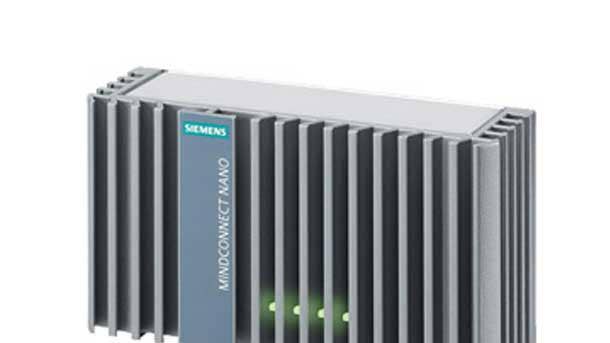
Extensive Connectivity Options — For Siemens And Non-Siemens Assets
MindSphere enables connectivity with a wide range of industrial assets — made by Siemens and other companies — through hardware and software.
This includes Siemens' family of MindConnect connectivity devices, which collects data from assets and then sends that data to MindSphere. Among the devices are the MindConnect Nano and MindConnect IoT2040, with the former supporting higher performance for data transmission. Siemens' S7-1500 programmable logic controllers also provide a direct connection to MindSphere.
On the software side, there is MindConnect IoT Extension, an integration layer that supports a number of protocols and allows nearly any IoT-Ready device from any vendor to connect with MindSphere. In addition, the MindConnect API enables the programming of connectivity agents for specific use cases.

Create And Sell IoT Apps On The MindSphere Marketplace
With Siemens positioning MindSphere as a cloud-based, open IoT operating system, the company has enabled an entire ecosystem of third-party applications.
Companies can develop their own subscription-based applications on top of MindSphere and sell them, either directly to customers or on the MindSphere marketplace, where companies have the freedom to set their own pricing and billing model. These companies can receive incentives and resources for investing in MindSphere development as part of its partner program.
Developers can make apps in a local environment any coding tool or programming language and then upload them to the cloud using the MindAccess DevOps Plan. Application development and deployment is powered by the open-source Cloud Foundry application platform.
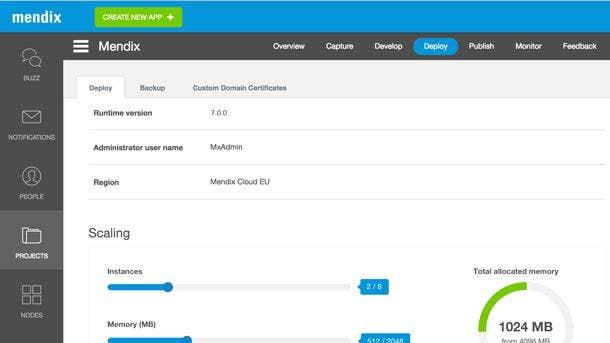
Build IoT Apps With Low-Code Solution Mendix
Siemens is making it even easier to develop IoT applications, thanks to its $730 million acquisition of low-code application development platform Mendix last year.
Several months after the acquisition, the low-code development platform has been fully integrated within MindSphere, enabling those with no coding experience to build apps for the platform.
"It's going to enable people to join this business who wouldn't have," Siemens USA CEO Barbara Humpton said in an interview with CRN earlier this year.
Mendix's platform comes with a visual drag-and-drop interface as well as features for collaboration and artificial intelligence-powered development suggestions.
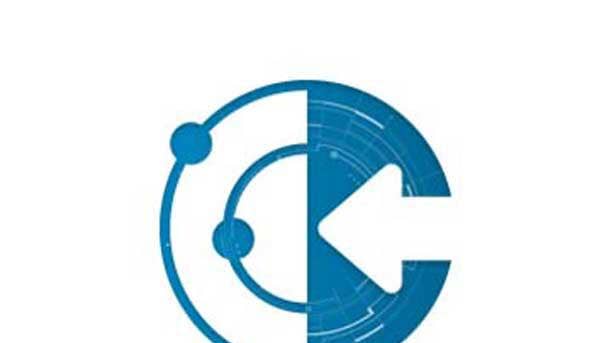
Easily Integrate With ERP, MES, SCADA Systems
Siemens aims to make it easy for companies to centralize their data in MindSphere with the MindConnect Integration tool.
MindConnect Integration comes with on-premise and cloud-based offerings, allowing companies to pull data into MindSphere from their enterprise resource planning, manufacturing execution system and supervisory control and data acquisition systems no matter where the data sits. This is made possible by support for a wide range of cloud-based adapters, on-premise adapters and protocols.
To make integration easier, the tool comes with pre-made integration configurations and a graphical interface for mapping data values into MindSphere.